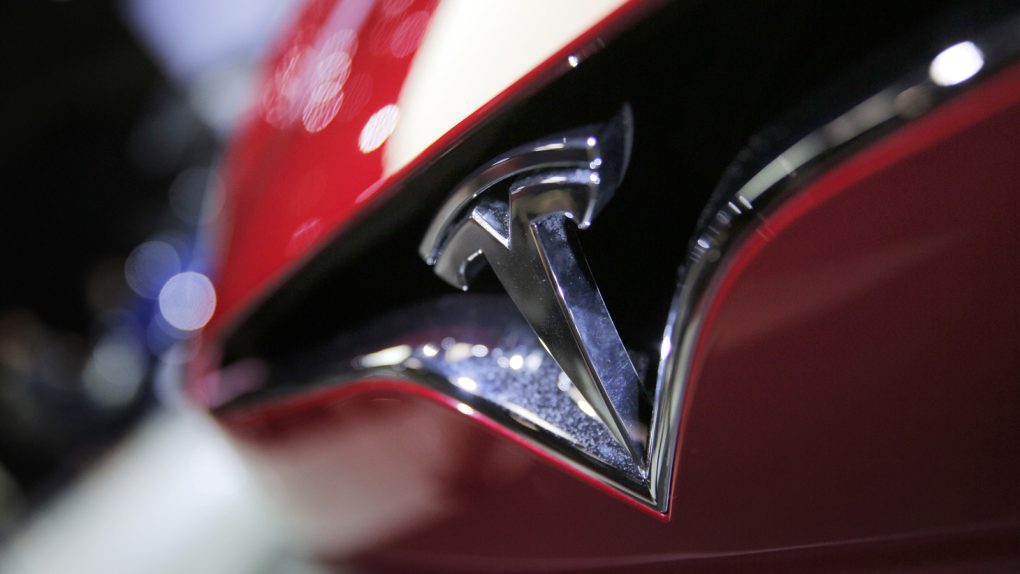In the build-up to the Model 3 release, Tesla CEO Elon Musk tried to assure naysayers and skeptics that the company’s mass market EV would actually ship on time. Not only did Musk articulate that Tesla learned from previous mistakes made with Model S and Model X production, Musk touted that the Model 3 would, in large part, be manufactured by a fleet of incredibly advanced robots.
A few months removed from the Model 3 launch, it’s no secret that Tesla is now scrambling to ramp up production. Initially, Tesla claimed that weekly production would reach 5,000 units per week by the end of 2017, a goal that has since been pushed back to June of 2018.
As to the underlying cause of the production delays, Musk over the last few days explained that the company — at his direction — relied too heavily upon robots and that this slowed down the production line.
“We had this crazy, complex network of conveyor belts,” Musk recently said during a CBC interview, “… it was not working, so we got rid of that whole thing.”
Musk also took to Twitter and added: “Yes, excessive automation at Tesla was a mistake. To be precise, my mistake. Humans are underrated.”
Interestingly enough, Musk’s vision of advanced robots streamlining the production process to an incredible degree is not unique to the automotive industry. Far from it, Ars Technica points out that Musk and Tesla’s missteps with the Model 3 mirror previous mistakes made by traditional automakers in years past.
Specifically, Ars points out that General Motors back in the 80s was hypnotized by the idea of robots making production far more efficient. And while there’s no denying that automation can certainly speed things along, both GM and Tesla erred in relying too heavily upon automation too soon.
Over the course of the 1980s, GM spent billions of dollars on advanced robotics, but it never saw a return on that investment.
…
Three decades later, robots are more sophisticated. But the same basic insight applies: automation works best when it’s added incrementally to a production process that’s already working smoothly. And Musk seems to have made the same mistake Smith did: bringing in way too many robots, way too quickly, leaving little time for testing and refining the process.
As it stands now, Tesla maintains that it will be able to manufacture 6,000 Model 3 units per week by July.
Ars Technica’s look back at the parallels between Tesla today and the GM of a few decades ago is incredibly illuminating and can be read in its entirety over here.








